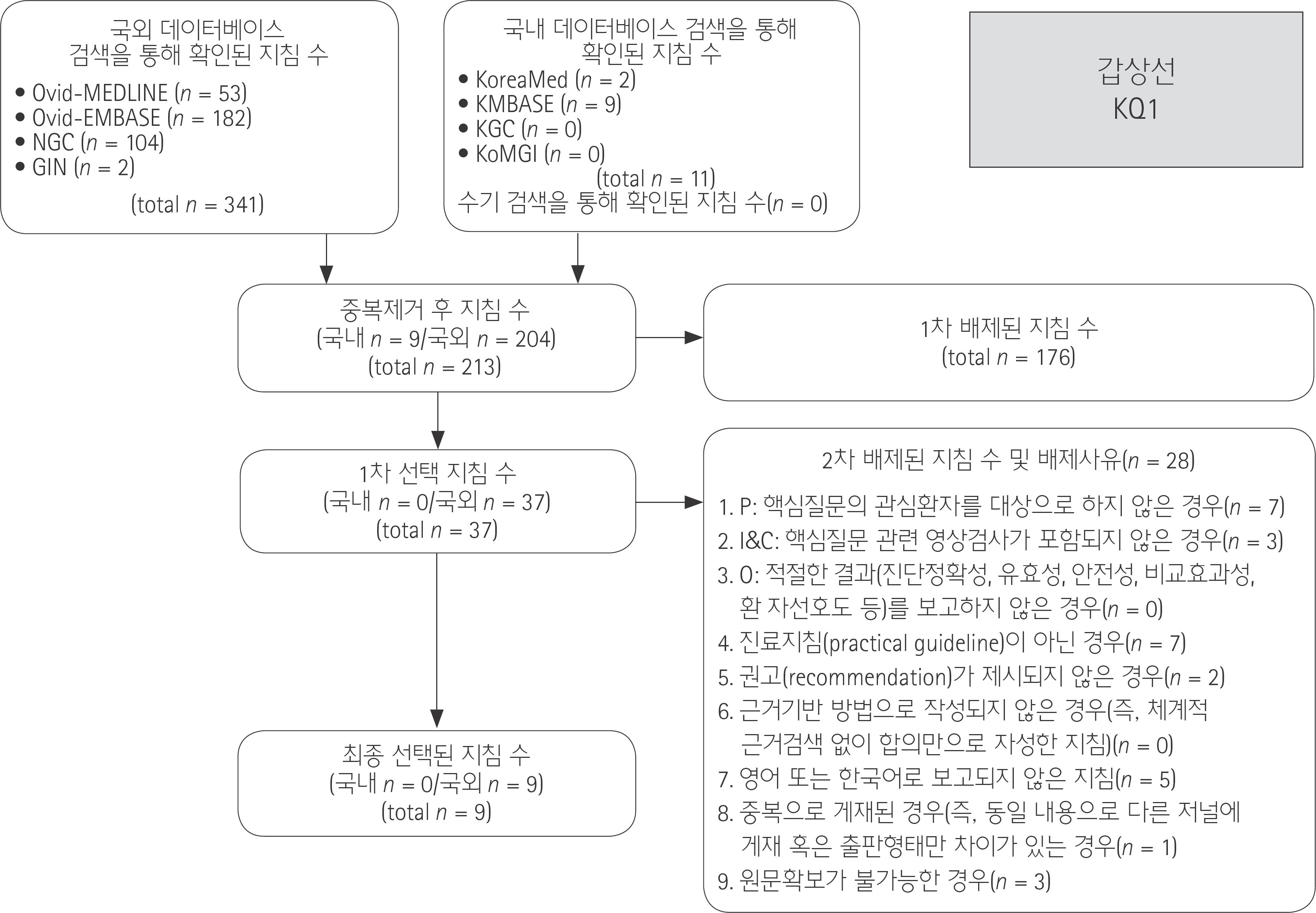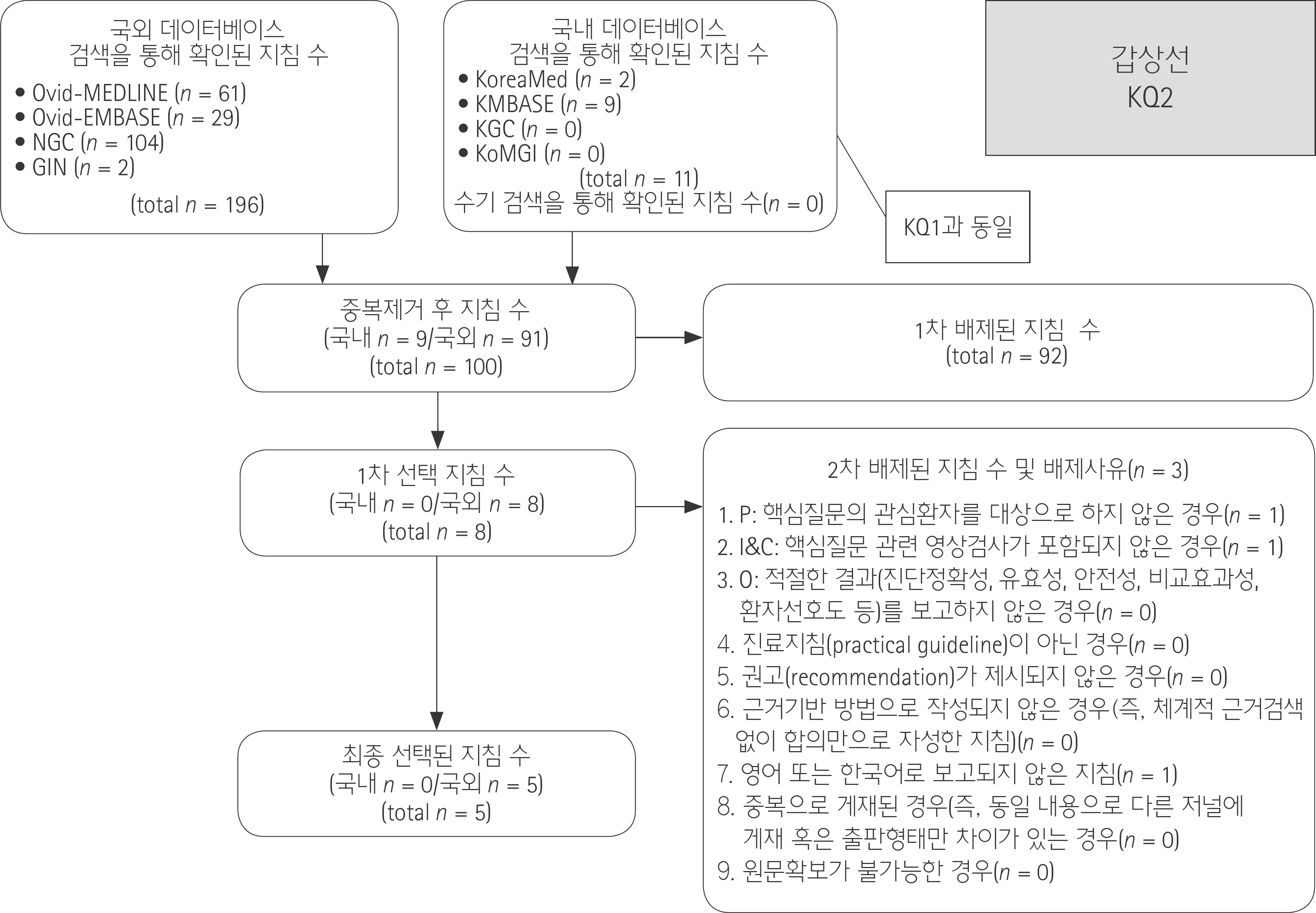1.Frates MC., Benson CB., Charboneau JW., Cibas ES., Clark OH., Coleman BG, et al. Management of thyroid nodules detected at US: Society of Radiologists in Ultrasound consensus conference statement. Radiology. 2005. 237:794–800.

2.Guth S., Theune U., Aberle J., Galach A., Bamberger CM. Very high prevalence of thyroid nodules detected by high frequency (13 MHz) ultrasound examination. Eur J Clin Invest. 2009. 39:699–706.
3.Tan GH., Gharib H. Thyroid incidentalomas: management approaches to nonpalpable nodules discovered incidentally on thyroid imaging. Ann Intern Med. 1997. 126:226–231.

4.Moon WJ., Baek JH., Jung SL., Kim DW., Kim EK., Kim JY, et al. Ultrasonography and the ultrasound-based management of thyroid nodules: consensus statement and recommendations. Korean J Radiol. 2011. 12:1–14.

5.Statistics of the Ministry of Health and Welfare. Available at. https://www.data.go.kr/dataset/15003005/fileDa-ta.do. Published 2017. Accessed Nov 13. 2017.
6.Choi SJ., Jeong WK., Jo AJ., Choi JA., Kim MJ., Lee M, et al. Methodology for developing evidence-based clinical imaging guidelines: joint recommendations by Korean Society of Radiology and National Evidence-Based Healthcare Collaborating Agency. Korean J Radiol. 2017. 18:208–216.

7.Gharib H., Papini E., Garber JR., Duick DS., Harrell RM., Hegedüs L, et al. American Association of Clinical Endocrinologists, American College of Endocrinology, and Associazione Medici Endocrinologi Medical Guidelines for clinical practice for the diagnosis and management of thyroid nodules—2016 update. Endocr Pract. 2016. 22:622–639.
8.Haugen BR., Alexander EK., Bible KC., Doherty GM., Mandel SJ., Nikiforov YE, et al. 2015 American Thyroid Association management guidelines for adult patients with thyroid nodules and differentiated thyroid cancer: The American Thyroid Association Guidelines Task Force on thyroid nodules and differentiated thyroid cancer. Thyroid. 2016. 26:1–133.

9.Perros P., Boelaert K., Colley S., Evans C., Evans RM., Gerrard Ba G, et al. Guidelines for the management of thyroid cancer. Clin Endocrinol (Oxf). 2014. 81(Suppl 1):1–122.

10.National Comprehensive Cancer Network (NCCN). NCCN Guidelines for Thyroid Carcinoma. Available at.https://www.nccn.org/professionals/physician_gls/pdf/thyroid.pdf. Published 2015. Accessed Aug 14. 2015.
11.Smith-Bindman R., Lebda P., Feldstein VA., Sellami D., Goldstein RB., Brasic N, et al. Risk of thyroid cancer based on thyroid ultrasound imaging characteristics: results of a population-based study. JAMA Intern Med. 2013. 173:1788–1796.
12.Brito JP., Gionfriddo MR., Al Nofal A., Boehmer KR., Leppin AL., Reading C, et al. The accuracy of thyroid nodule ultrasound to predict thyroid cancer: systematic review and meta-analysis. J Clin Endocrinol Metab. 2014. 99:1253–1263.

13.Cesur M., Corapcioglu D., Bulut S., Gursoy A., Yilmaz AE., Erdo-gan N, et al. Comparison of palpation-guided fine-needle aspiration biopsy to ultrasound-guided fine-needle aspiration biopsy in the evaluation of thyroid nodules. Thyroid. 2006. 16:555–561.

14.Hambly NM., Gonen M., Gerst SR., Li D., Jia X., Mironov S, et al. Implementation of evidence-based guidelines for thyroid nodule biopsy: a model for establishment of practice standards. AJR Am J Roentgenol. 2011. 196:655–660.

15.Solbiati L., Osti V., Cova L., Tonolini M. Ultrasound of thyroid, parathyroid glands and neck lymph nodes. Eur Radiol. 2001. 11:2411–2424.

16.Lee YH., Kim DW., In HS., Park JS., Kim SH., Eom JW, et al. Differentiation between benign and malignant solid thyroid nodules using an US classification system. Korean J Radiol. 2011. 12:559–567.

17.Danese D., Sciacchitano S., Farsetti A., Andreoli M., Pontecor-vi A. Diagnostic accuracy of conventional versus sonography-guided fine-needle aspiration biopsy of thyroid nodules. Thyroid. 1998. 8:15–21.

18.Carmeci C., Jeffrey RB., McDougall IR., Nowels KW., Weigel RJ. Ultrasound-guided fine-needle aspiration biopsy of thyroid masses. Thyroid. 1998. 8:283–289.

19.Gharib H., Papini E. Thyroid nodules: clinical importance, assessment, and treatment. Endocrinol Metab Clin North Am. 2007. 36:707–35. vi.

20.Wu HH., Jones JN., Osman J. Fine-needle aspiration cytology of the thyroid: ten years experience in a community teaching hospital. Diagn Cytopathol. 2006. 34:93–96.

21.Yang J., Schnadig V., Logrono R., Wasserman PG. Fine-needle aspiration of thyroid nodules: a study of 4703 patients with histologic and clinical correlations. Cancer. 2007. 111:306–315.

22.Deandrea M., Mormile A., Veglio M., Motta M., Pellerito R., Gal-lone G, et al. Fine-needle aspiration biopsy of the thyroid: comparison between thyroid palpation and ultrasonography. Endocr Pract. 2002. 8:282–286.

23.Can AS., Peker K. Comparison of palpation-versus ultrasound-guided fine-needle aspiration biopsies in the evaluation of thyroid nodules. BMC Res Notes. 2008. 1:12.





 PDF
PDF ePub
ePub Citation
Citation Print
Print




 XML Download
XML Download